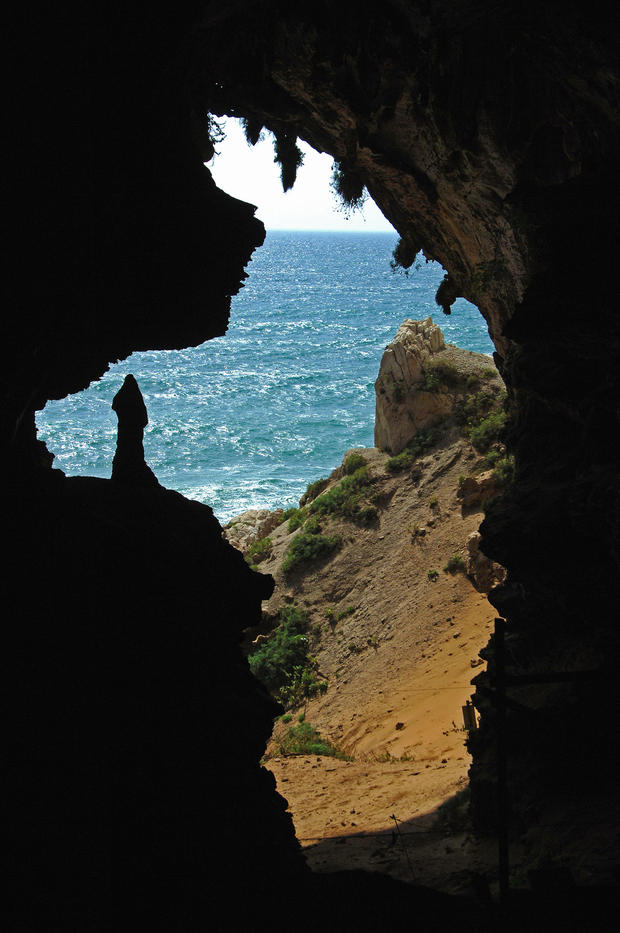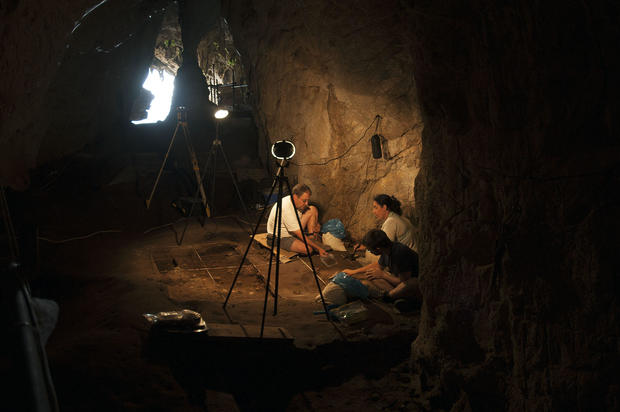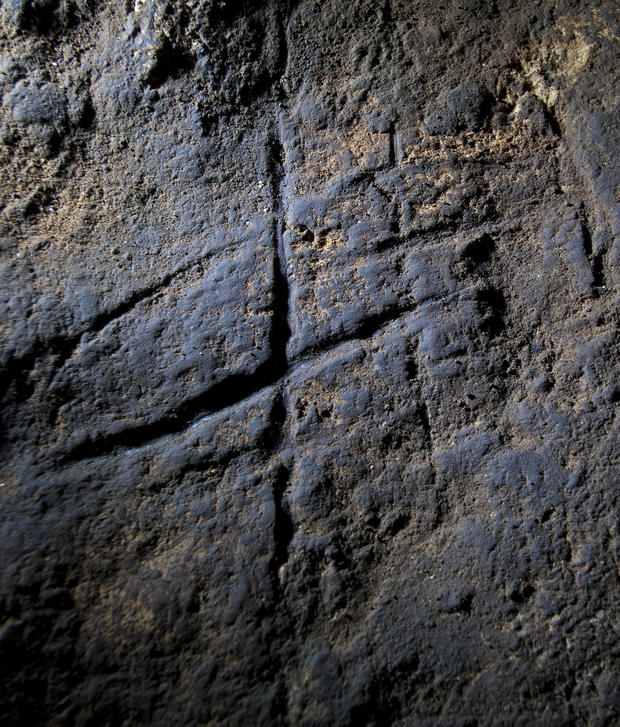Gibraltar's "Neanderthal City" offers glimpse into life of humans' closest relatives
Research shows Neanderthals shared many behaviors long considered unique to today's humans.
The discoveries are taking place inside a cave complex recently declared a World Heritage Site.
Along Gibraltar's rugged coast, a few hundred steps can transport you thousands of years back in time, reports CBS News' Jonathan Vigliotti. On the southern tip of Gibraltar's famous rock, a place called Gorham's Cave was once home to our early ancestors and today is the home to some amazing research.
This is the place where Neanderthals are believed to have lived out their final days on earth before mysteriously vanishing.
The Neanderthals are our closest extinct relatives — another branch on our family tree. The last evidence of their existence was found in Gibraltar, dating back 32,000 years.
"I often think that they were so like us they probably sat in the same places and looked out at the same view and really, all that's separating us is time," said archaeologist Geraldine Finlayson.
Finlayson and her team have been excavating the site since 1989 after Neanderthal skulls of a child and an adult were found there.
"It gives up a little bit of its secrets every time," Finlayson said.
Back when Neanderthals lived there, the rock was surrounded by a beach. Over tens of thousands of years, wind blowing sand into the caves, and rising sea levels, trapped the artifacts inside—until now.
The findings have revealed a life remarkably similar to ours in certain ways.
"Those black flakes are little bits of charcoal — you know when you have a barbecue and it spits," Finlayson said.
Meaning, it was probably that group's kitchen
In 2014, her team's discovery — now sealed off to protect it — proved Neanderthals were capable of abstract thinking. This was once thought impossible.
It's called "The Hashtag," a series of lines deliberately carved into stone.
"Deliberately, as in a conscious decision to make an impression on the rock. Whether they were trying to communicate a message as art or a message as, I don't know, a rudimentary map, we will never really know, not scientifically. So I always stop short of saying it's art. We're looking at the beginning of expression of the human race," Finlayson explained.
That expression helped the cave system win UNESCO World Heritage status last year.
"We've cataloged over 200 caves in Gibraltar," Finlayson said. "Now, 10 of those have direct evidence to Neanderthal presence. You could say this is a bit like Neanderthal City."
A lost city, slowly unearthed.
"It's almost like a time capsule," Vigliotti remarked.
"Well, yes, I've never thought of it that way, but absolutely. This is exactly what it is. You're walking on exactly the same place that the Neanderthals were walking and you're finding the little bits of evidence that have left — that have survived the ages," Finlayson said.
It's still unclear what caused Neanderthal extinction. But if this hashtag is a clue into their long-ago lives, what other clues from our past are waiting to be found?






